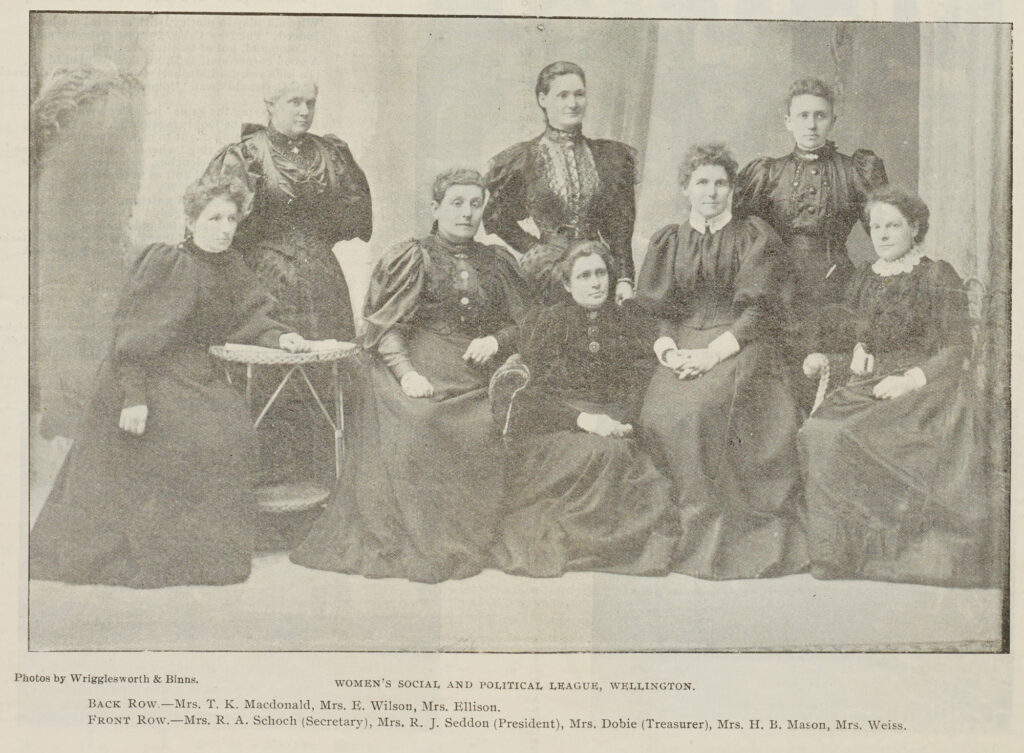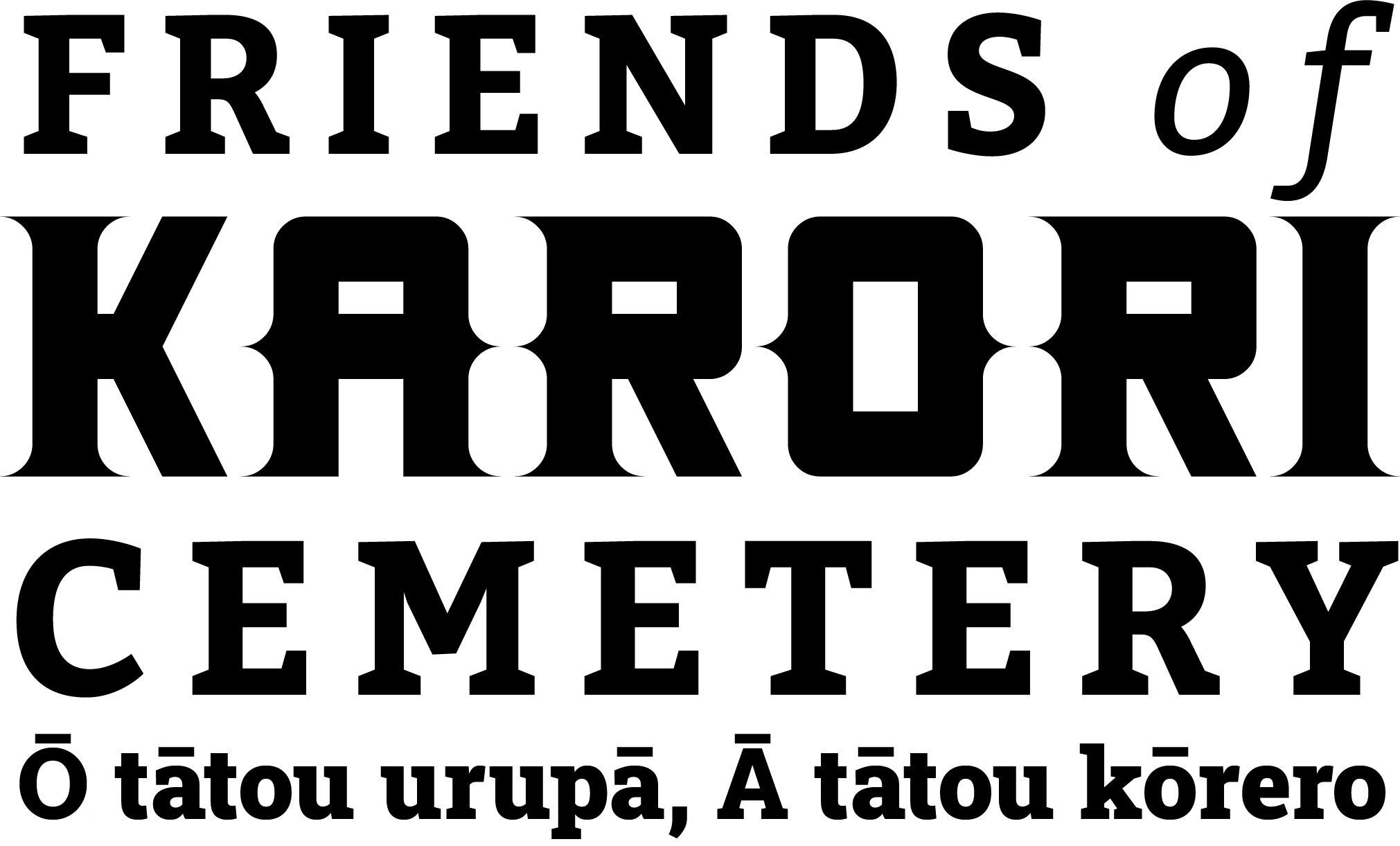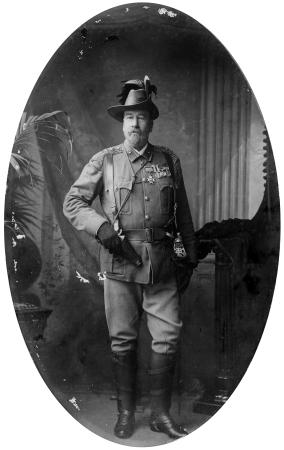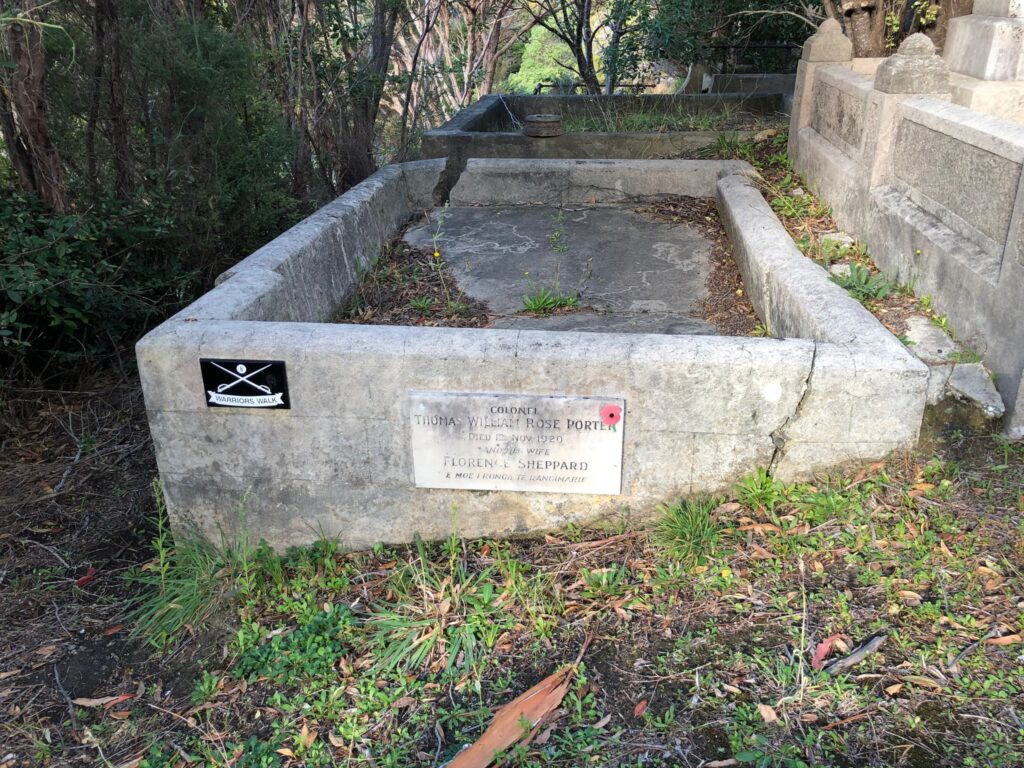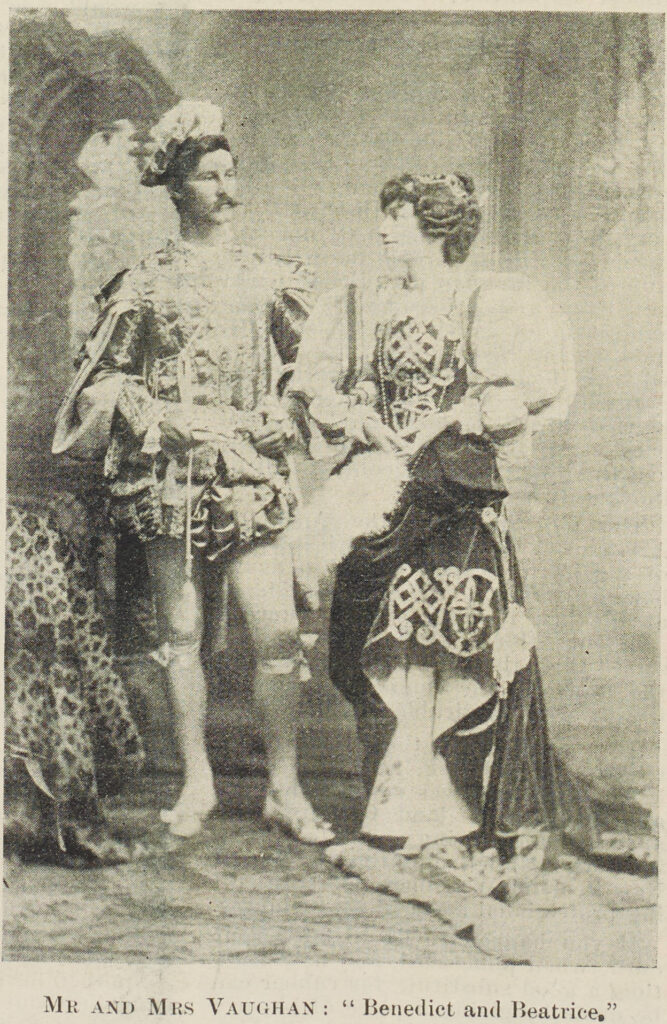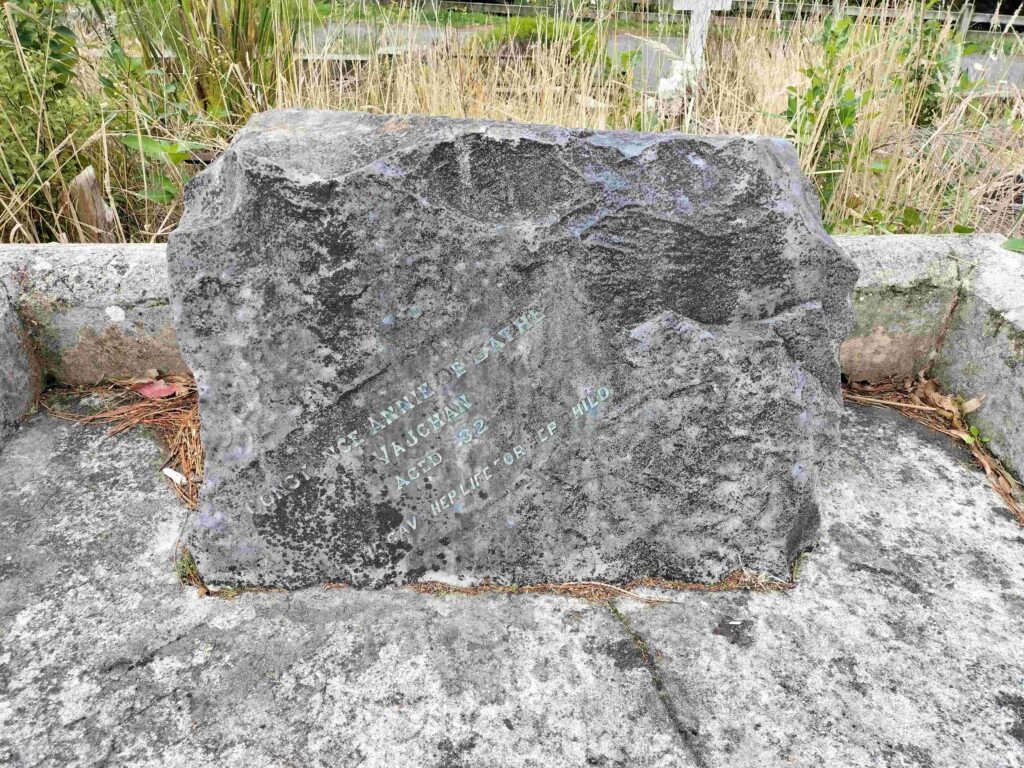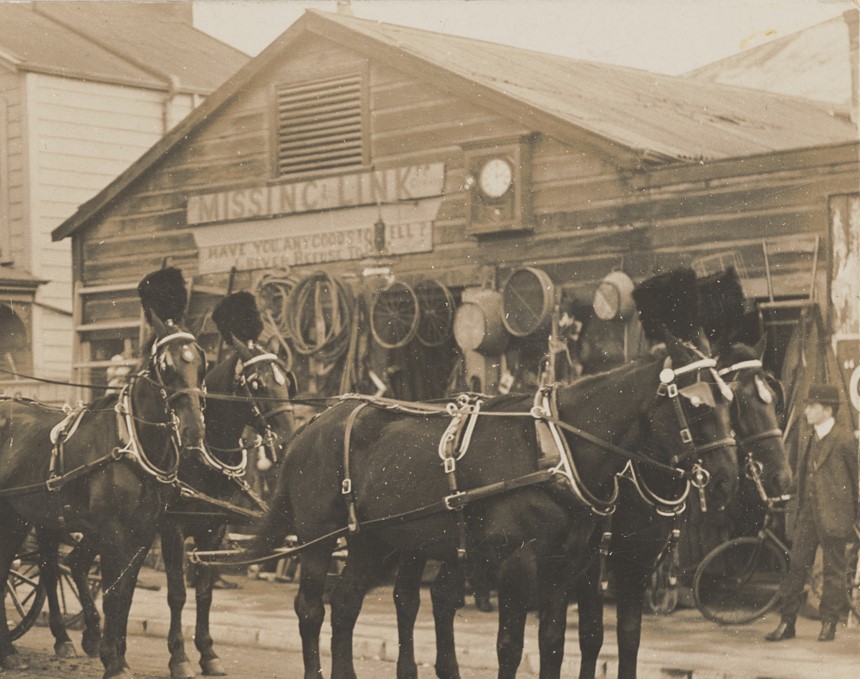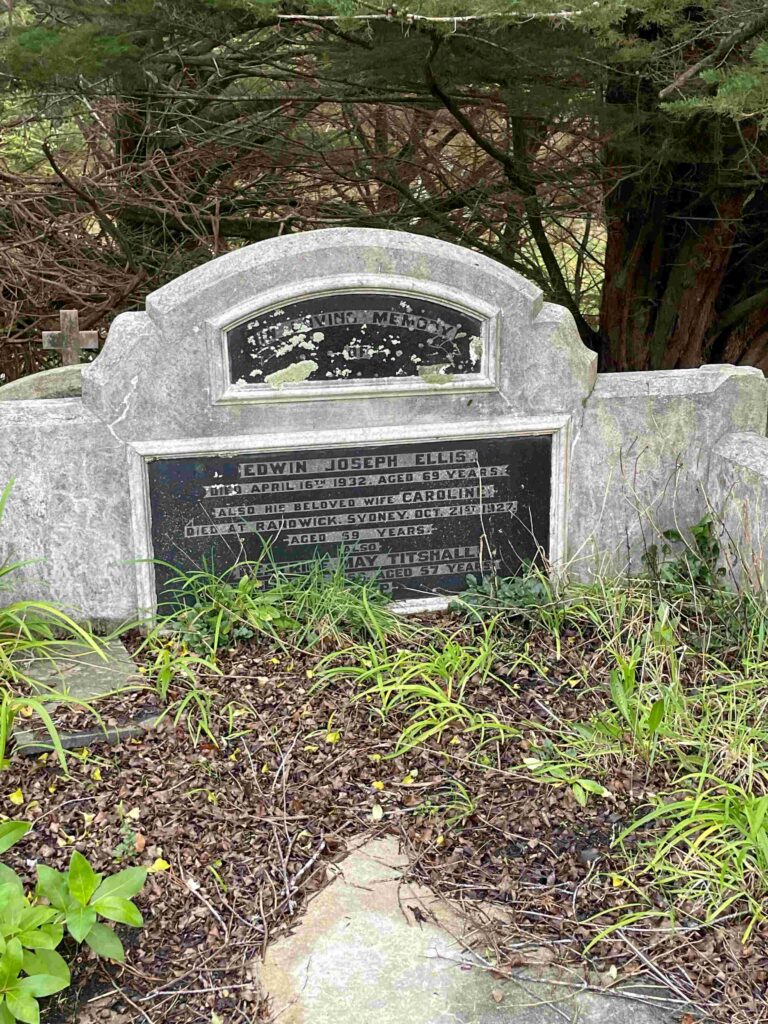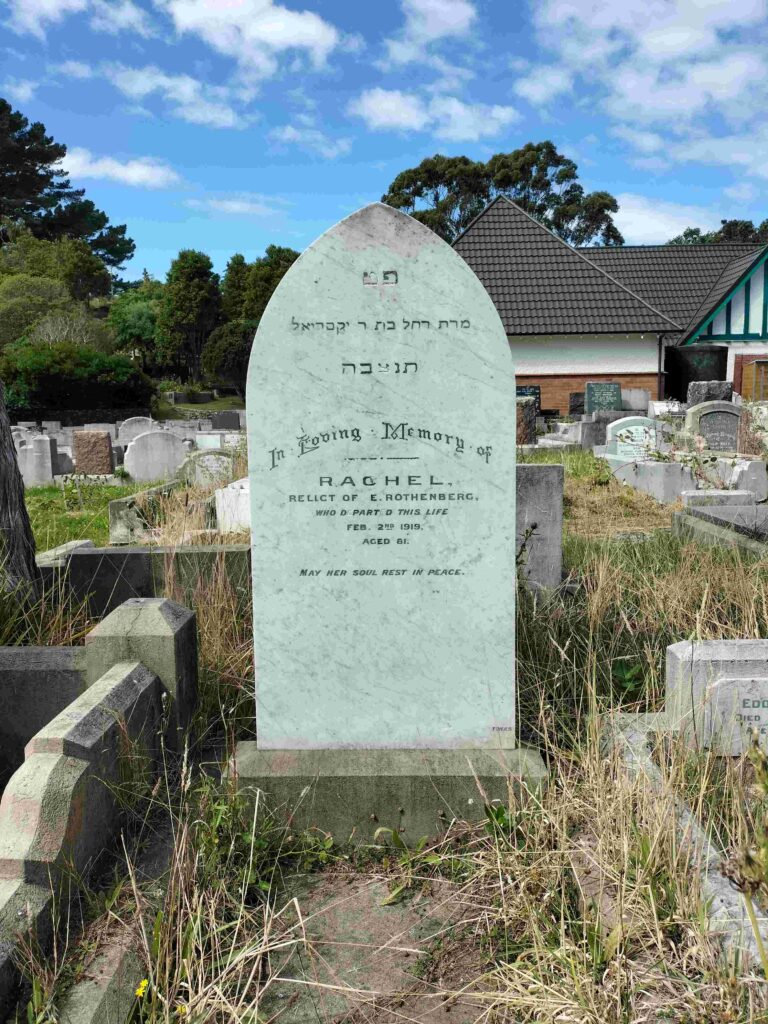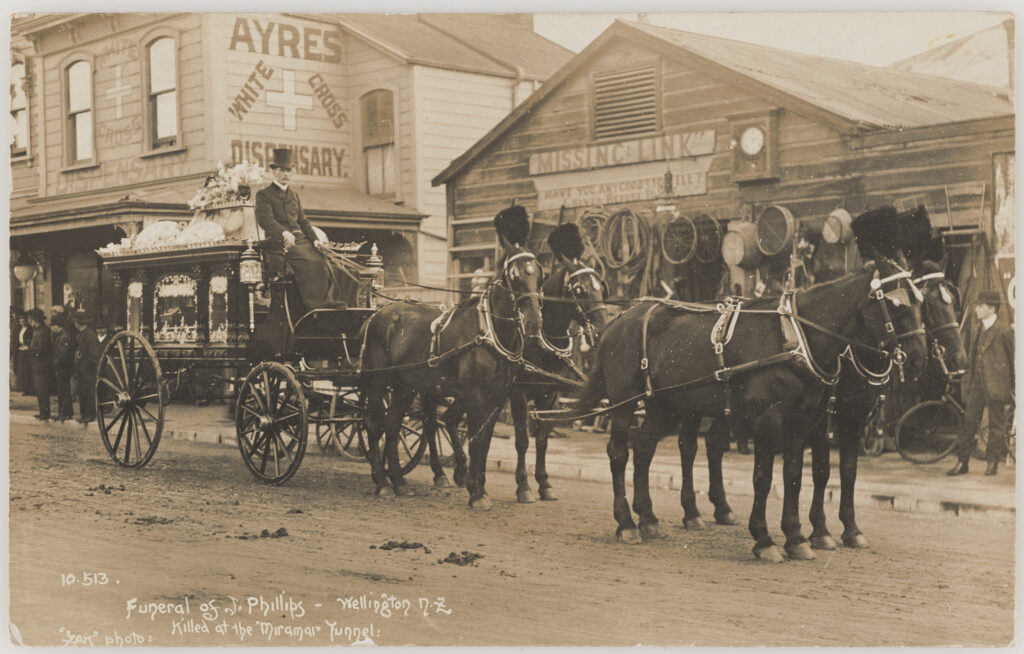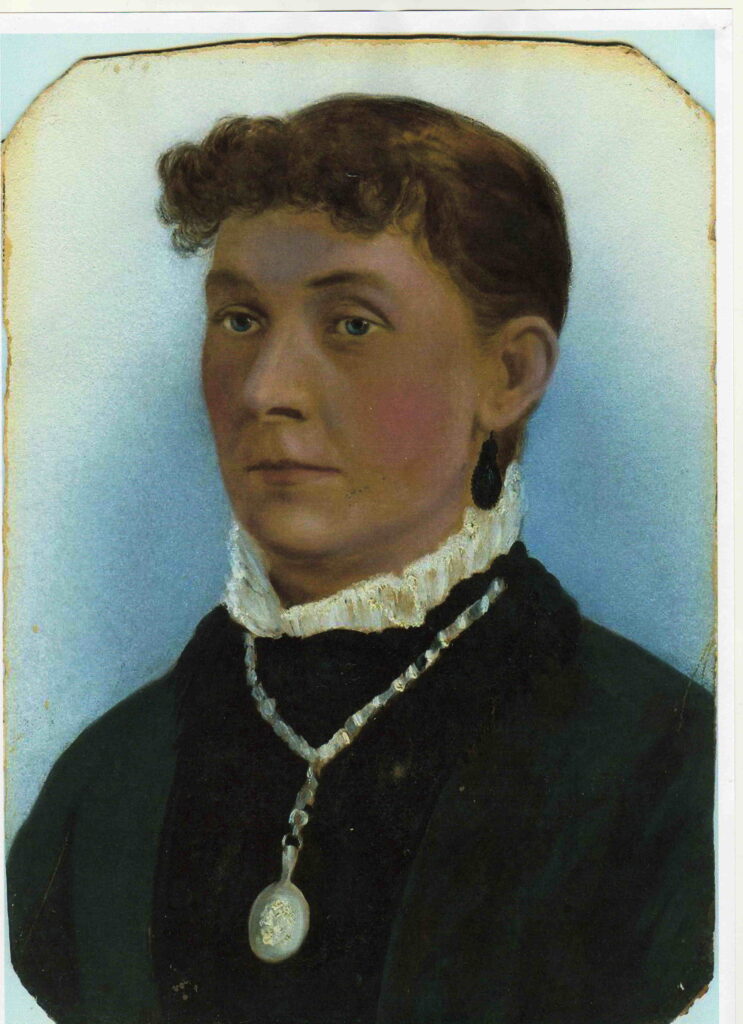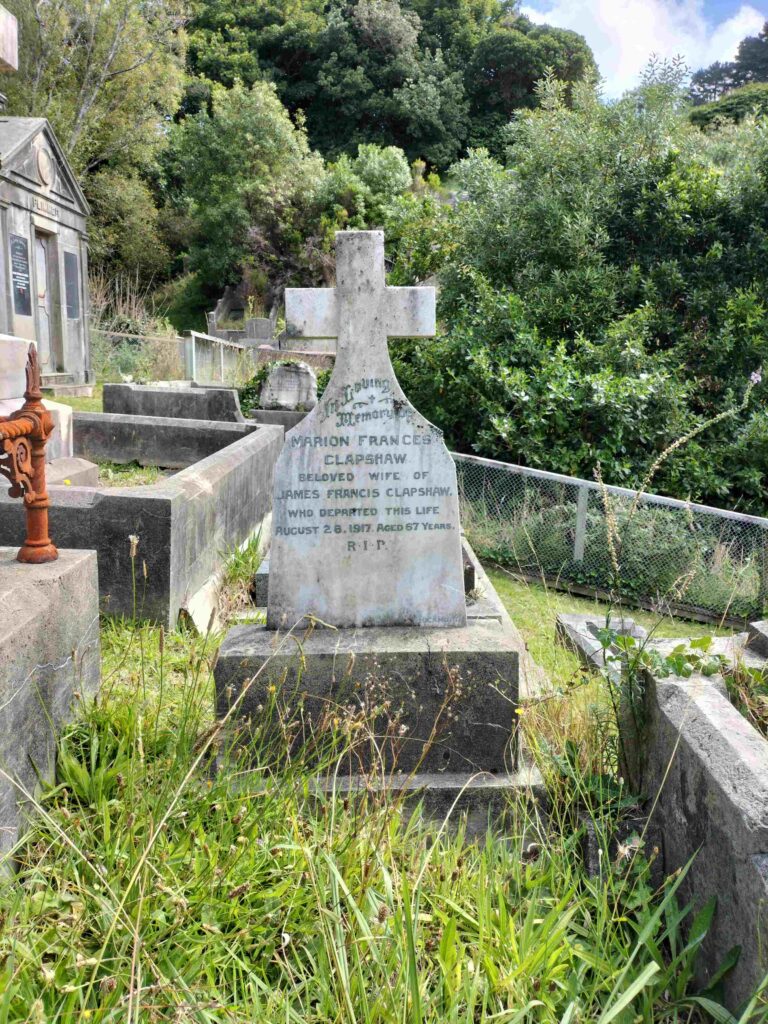Henrietta Emma Rex was born in a tent at Stawell, Victoria in 1859 to William and Dorothy Rex (see previous story).
Henrietta married Harry Brooks Mason who was a printer (as was her father) in 1884. Their children were Henry Greathead Rex (b 1885) Irene Ellen (b 1887) Henrietta Rex (b 1889), Spencer Rex (b 1891), Dorothy Emily Rex (b 1893), John Brooks Rex (b 1899), Read Rex (b 1904) all born in Wellington.
She attended the first Women’s Social and Political League meeting in 1894 at which Miss Price read a paper on “The Higher Education of Women”. Henrietta selected the musical pieces for the evening. At the following meeting Henrietta read a paper on “The Nationalisation of Music”. The following lecture was given by Miss Yates “Home Perils Combatted by Vegetarianism and Temperance”. Eventually she was elected vice president of the organisation and sat on the committee with notable women such as Mrs T K Macdonald and Mrs R J Seddon.
Alongside the League and raising her children, Henrietta also gave dancing classes on Mondays and Thursdays at 8pm and children’s classes on Saturday afternoons at her private hall in Ghuznee Street. She continued teaching assisted by her daughters until the start of WWI.
Harry died in 1938 and Henrietta in 1944. She left her piano to her daughter Dorothy, her house at 74 Tinakori Road to her daughter Irene and her two cottages in Elizabeth Street to Dorothy and Read. Her estate was worth about £2,800.
Of their children, Henry [Rex] was elected mayor of Te Puke in 1915 and was given the portfolios of attorney general and minister of justice in the first Labour Government in 1935.
Henrietta Rex graduated with a BA in Economics from Canterbury College in 1913. She became a novelist and also a missionary on Raga Island. She worked for 20 years at Columbia University, New York City. In 1973 she established The Hon Rex Mason Prize for Legal Writing in honour of her brother and is the oldest legal writing prize.
Dorothy received the second highest mark in New Zealand for the junior civil service exam in 1910 and spent periods living in Sydney and New York. John Brooks became a civil engineer and Spencer Rex joined his brother Henry in partnership as Mason & Mason barristers and solicitors. Read Rex became a journalist and was a conscientious objector in WWII. Irene became an amateur actress and lived independently in Sydney.
Harry & Henrietta Mason and all of their children except for Spencer are interred in this plot which has a ‘hip tomb’ form like the one Henrietta organised for her parents.
Plot Ch Eng 2/M/439
